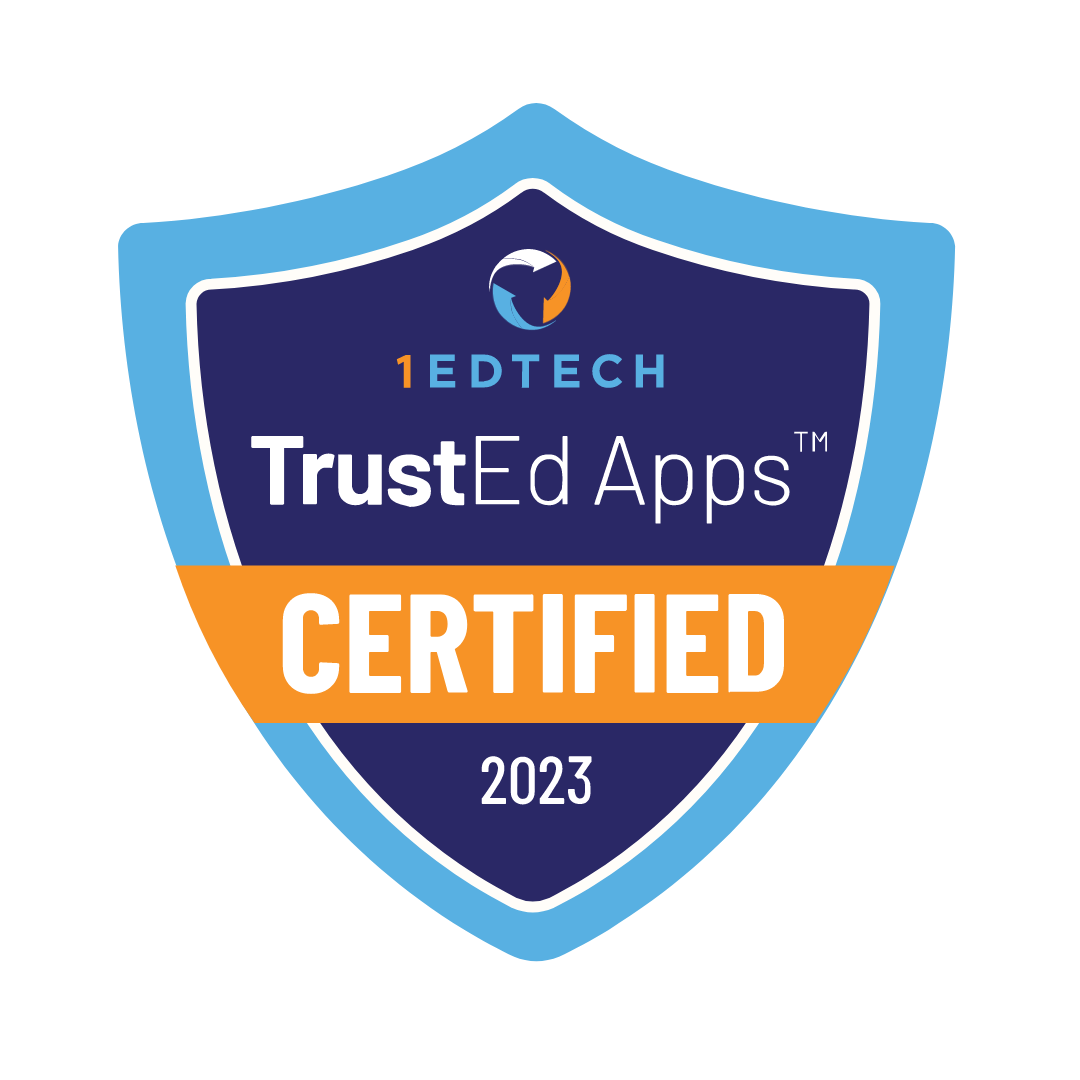Contents
- 1 What Is a Homeschool Curriculum for 1st Grade History and Social Studies?
- 2 How to Create an Effective 1st Grade History Lesson Plan?
- 3 What Topics are Covered in 1st Grade Social Studies?
- 4 What Are the Benefits of Homeschooling for History and Social Studies?
- 5 Where to Find Resources for 1st Grade History and Geography?
5.4 percent of the United States households with school-aged children reported at least one child homeschooled in 2020, according to the U.S. Census Bureau. Many factors have made homeschooling a solution for many families today.

A 1st-grade homeschool curriculum for history and social studies is a plan outlining how and to what extent lessons on these subjects will be conducted for students. We’ll explore this type of curriculum in detail to ensure parents are informed about all the important aspects.
What Is a Homeschool Curriculum for 1st Grade History and Social Studies?
A homeschool curriculum for 1st grade is very important. We’ll explain what this curriculum includes for history and social studies.

Overview of 1st Grade Homeschool Curriculum
A 1st-grade homeschool curriculum aims to equip children with important skills to prepare them for the next level of education. Kids learn to read and write more fluently, master math basics, and explore other core subjects. Teachers keep lessons simple and avoid overloading students.
Importance of History and Social Studies in First Grade
These subjects provide children with basic knowledge and an understanding of the historical and cultural aspects of their country. Kids learn about traditions, the importance of proper behavior in society, and how to be good members of their community.
Key Components of a Comprehensive Curriculum
A good curriculum is a balanced plan between theory and practice. Children are taught theory in a simple and understandable way. Practical activities include different tasks and games, helping them understand the material and develop a love for learning.
How to Create an Effective 1st Grade History Lesson Plan?
Let’s look at the rules to follow to make lesson planning effective.

Steps to Develop a Lesson Plan for 1st Grade History
Start the plan with selecting a specific topic to study. The topic should include reading materials, videos, and practical activities. Practical activities should be exciting to help students develop their thinking skills and analyze historical events.

Incorporating Hands-On Activities in Your Lesson
These activities are an important part of the plan, helping students stay focused on learning and fostering a love for the process itself. Hands-on activities are particularly important for kinesthetic learners, as movement helps them absorb information more effectively. Children with other learning styles also benefit from having activities in the lesson plan because they provide a chance to recharge and regain interest.
Using Resources like “Story of the World” for Engaging Lessons
Books like “Story of the World” are excellent supplementary materials, making studying the country’s history more fascinating. These resources break the routine of traditional learning and spark imagination. Young learners love this approach because it encourages them to think actively, create ideas, and discuss what they’ve read in such books.
What Topics are Covered in 1st Grade Social Studies?
Here are the basic topics covered in a good 1st-grade social studies curriculum.

Exploring Geography and Ancient Civilizations
Students learn about continents, countries, and their unique features as part of geography lessons. The materials don’t go too deep, but highly motivated learners can explore additional resources provided. The topic of ancient civilizations introduces students to societies existing in the past. Kids understand how these civilizations have influenced the modern world.
Understanding American History for First Graders
Students begin learning about American history in first grade, developing core values, and fostering respect for their native culture. The first-grade curriculum introduces the basics, including who the Founding Fathers were, and explains cultural holidays like Christmas and their role in modern society.
Integrating Language Arts into Social Studies Topics
Combining these two subjects helps make lessons more interesting and better develop reading, writing, and reasoning skills. Children can start reading historical texts in different languages, improving their language abilities and their knowledge of history.
What Are the Benefits of Homeschooling for History and Social Studies?
“For health reasons we had to transfer my son to online home schooling, but as it turned out, he likes it even better than regular school. He connects to the lessons with pleasure. We have children from different cities in our class. It’s great that you can get a good quality education no matter where you live”
Parent’s review, SCHOOL IN

Let’s explore the benefits students get by choosing this type of education.
Personalized Learning Experience for Your Child
Personalization is one of the main benefits. Parents or homeschool teachers adjust coursework to make it easier for students to concentrate on areas where grades need improvement. Personalized learning is a road for students, helping them decide how they will learn. This type of learning gives a chance to every kid to get the best of the learning process.
Flexibility in Curriculum and Teaching Methods
The curriculum doesn’t follow strict guidelines like traditional education, nor does it impose rigid teaching principles for those educating children. Homeschooling allows for greater freedom and flexibility. Families decide on the curriculum and teaching methods, working best for them.
Building Critical Thinking through Historical Inquiry
History lessons play an important role in developing students’ personal skills. Students engage in each class actively. They don’t just memorize theory but participate in lively discussions about historical events, analyze them, and share their own ideas. These activities help develop their logic, analytical abilities, and critical thinking. Such skills are critical for their future lives and careers.
Where to Find Resources for 1st Grade History and Geography?
Parents and students use these resources to improve the whole process.

Recommended Books and Workbooks for First Grade
Parents and homeschool teachers can find recommendations on their state’s Department of Education website. General guidelines suggest books and workbooks should present material in a simple way so children can understand it easily. Try to use well-illustrated materials using storytelling, as this ensures the child will be more involved and interested in learning.
Online Resources and Downloadable Curriculum Guides
Many schools and education-related websites offer different online resources and downloadable curriculum guides. These guides help create a balanced curriculum for homeschooling. Legacy Online School provides many tools to make your child’s homeschooling experience successful. Contact our specialists to learn more about what we can offer you.
Discounts and Offers on Homeschool Materials
Use Google to find websites offering homeschooling materials. Some materials are free, while others are paid. Paid resources often come with discounts or special offers during site promotions or holidays like Christmas. Join groups like The Homeschool Mom to stay updated on the best offers.











